Two procedures for decoding linear systematic codes, majority decoding and a posteriori probability decoding, are formulated. The essential feature of both methods is a linear transformation of the parity-check equations of the code into “orthogonal parity
checks.” The decoding decisions are then made on the basis of the values assumed by these orthogonal parity checks. For binary codes, the principal component required in the circuitry for instrumenting these decoding rules is an ordinary threshold logical
element. For this reason, we refer to these. decoding rules as forms of “threshold decoding”.
It is shown that threshold decoding can be applied effectively to convolutional codes up to approximately 100 transmitted bits in length over an interesting range of rates. Very simple decoding circuits are presented for such codes. However, it is also shown
that the probability of error at the receiver cannot be made as small as desired by increasing the length of the code that is used with threshold decoding, rather this probability approaches a nonzero limit as the code length is increased indefinitely. A large number of specific convolutional codes, suitable for threshold decoding, are tabulated. Some of these codes are obtained by hand construction and others by analytical techniques.
It is shown that threshold decoding is applicable to certain low-rate block codes, and that a generalization of the method is applicable to several other classes of block codes. It is shown that simple decoding circuits can be used for such codes. The theoretical
limits of threshold decoding with block codes are still not clear, but the results presented here are promising.

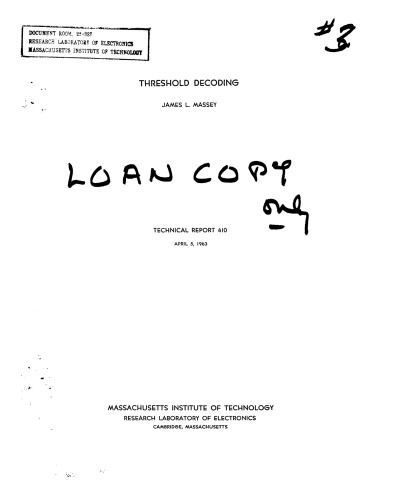
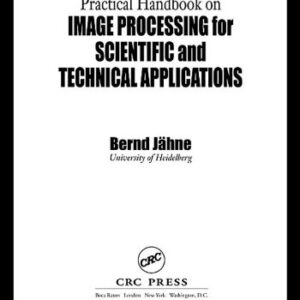
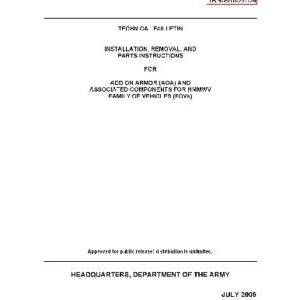
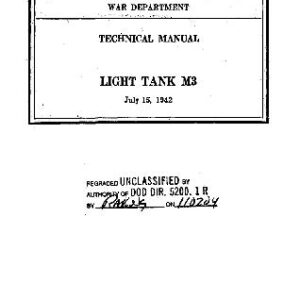
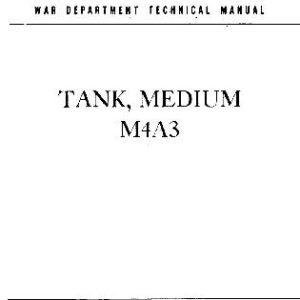
Reviews
There are no reviews yet.